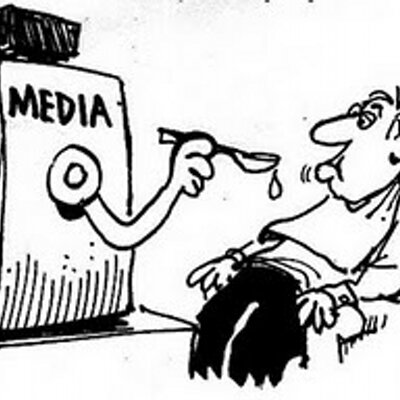Deutschland 83 and Capital
Capital:
Kudos TV Productions —> Roger Yount —> audience
Deutschland 83:
BBC —>Martin Rauch —-> audience
– As Martin Moore suggests, ‘people’s political views are not, as contemporaries thought, much changed by what they read or heard in the media. Voters were far more influenced by their friends, their families and their colleagues’ (2019:124).
Uses and Gratifications Theory
Uses/Gratifications of Deutschland 83 and Capital
– Knowledge about the World
– Enjoyment through watching a TV programme
– Escapism from the daily grind of work and life
Maslow’s Hierarchy of Needs
Audience Theories
– A socio-economic classification developed by the NRS (National
Readership Survey)
– Approximated Social Grade of six categories A, B, C1, C2, D and E.
– It applies to every Household Reference Persons (HRP) aged 16 to 64.
– A discriminatory tool for media consumption and purchasing power in general.
– Based on employment status, qualifications, residence and working full time, part time or not working.
Young and Rubicam’s Physiographic Descriptors:
The Explorer – motivated by the need for discovery.
The Resigned – motivated by survival needs.
The Aspirer – motivated by esteem/status needs.
The Mainstreamer – motivated by belonging needs.
The Reformer – motivated by enlightenment needs.
The Succeeder – motivated by the need for control.
The Struggler – motivated by escapism need
– It can be argued that Deutschland 83 and Capital are aimed at people who are Explorers and Strugglers because the audience will resort to achieving the needs of escapism by watching the programmes.
– It can also be seen that for English Audiences, Deutschland 83 satisfies the needs of the Explorer , as the get to learn more about a foreign country through watching a TV programme set in that country. Similarly, the Explorer can be applied to international audiences who watch Capital, as they may watch it to explore more about England.
Blumler and Katz
– Blumler and Katz identified 4 needs of why people might consume media:
– 1. Surveillance = give information at what is going on around the world.
– 2. = Personal relationships = allows us to become sociable with each other and openly discuss conversations and possibly create debates
– 3. = Diversion – media acts as a source of escapism and relief from the pressures of everyday life.
– 4. = Personal identity = audiences can compare their own life and the situations of characters in the programme, which will help the audience to explore their individual problems.
– For example, Deutschland 83 is set during the War in Germany, so it can visually show the audience what life was like during the war.
– Both programmes can be used a source of enjoyment and escapism from the daily grind of life and pressures you face in life.
– The story lines of these programmes are very dramatic in order to gain audience attraction and people will be open to talk about the programmes, the plot and their personal opinions on events in the programme and different characters.
The Cultivation Theory
– A theory established by George Gurbner
– Quote = ‘television’s major cultural function is to stabilize social patterns and to cultivate resistance to change‘ (1978: 115)
– They suggest that ‘television cultivates from infancy the very predispositions and preferences that used to be acquired from other primary sources‘ (Gerbner et al 1986).
– The cultivation theory explores how people act through what media they consume. For example, if a person likes to watch TV shows that include violence, the person may start to become more violent in real life because they are acting like the characters they see on TV.







